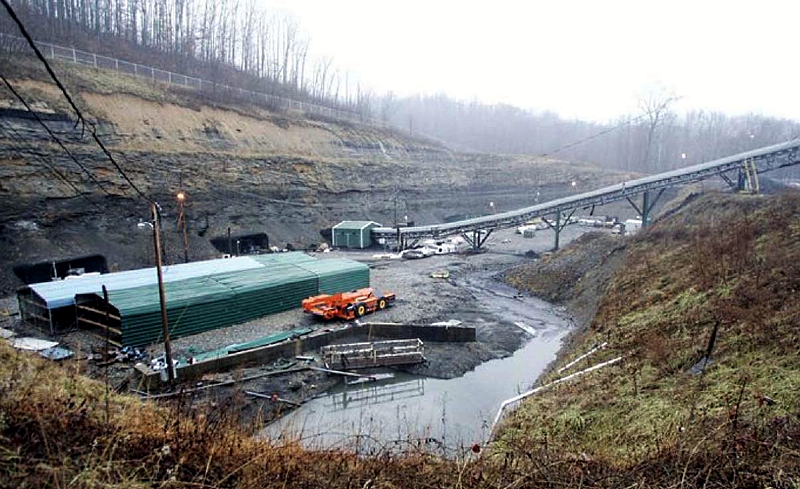
In 2006, two separate mine disasters helped shape new rules for mining and keep miners safer. A few current Mine Safety and Health Administration employees were working with MSHA on rescue efforts at that time and recall that work and how it shaped the Mine Improvement and New Emergency Response (MINER) Act.
On Jan. 2, an explosion at the Sago Coal Mine in West Virginia trapped 13 miners. Only one survived after being trapped for two days. Tony Argirakis joined MSHA in 1989 and was an engineer in 2006 when he was called to the Sago explosion.
Argirakis said the rescuers all drove their own vehicles so they could set up a lab on site to test air samples and staff it around the clock. Before sending miners into various parts of mines, rescuers need to test the air to be sure it is safe to send rescue teams underground. A simultaneous mine fire being staffed in Colorado meant that the mobile gas lab was not available and the team would also be stretched thin.
Initially there were positive reports about the status of the miners. They were devastated to learn that most of those trapped did not make it out.
“At that time, unauthorized mine personnel, media and others had access to the command center, leading to misinformation,” said Argirakis. “Initial reports suggested all 13 miners survived so there was a lot of devastation when people learned that only one person made it out.”
Melanie Calhoun, a recent hire with a chemical engineering degree, was on the MSHA Mine Emergency Technical Team and was called to Sago to replace initial responders, days after the mine first exploded. When MSHA was notified on Jan. 19 of a mine fire at the Aracoma Mine in West Virginia, Calhoun was sent overnight directly from the Sago disaster.
“We didn’t really know where we were going, just that there was another disaster,” said Calhoun. “Aracoma was very high profile because the Sago disaster had just happened.”
Two miners perished in the disaster. Calhoun and the rest of the team had to preserve laboratory data and kept samples from both disasters, which would be important for the investigations.
The MINER Act in part used the lessons learned at Sago and Aracoma to improve emergency response at mines across the country, including official communication. Among its provisions, the MINER Act requires the establishment of emergency response plans by every mine operator, better trained and more readily available mine rescue teams, enhanced technology to facilitate two-way communication between surface and underground personnel, and stronger seals between active and abandoned areas. It also added post-mine emergency protections for miners, such as oxygen devices that are more accessible, refuge shelters and lifelines.
The act also established the Brookwood-Sago Mine Safety Grants Program.
Melanie Calhoun is now director of technical support at MSHA. Tony Argirakis is now chief of the Health Field Division in Technical Support at MSHA.
Holly Armstrong is the supervisor program information specialist for the Mine Safety and Health Administration.

 U.S. Department of Labor Blog
U.S. Department of Labor Blog